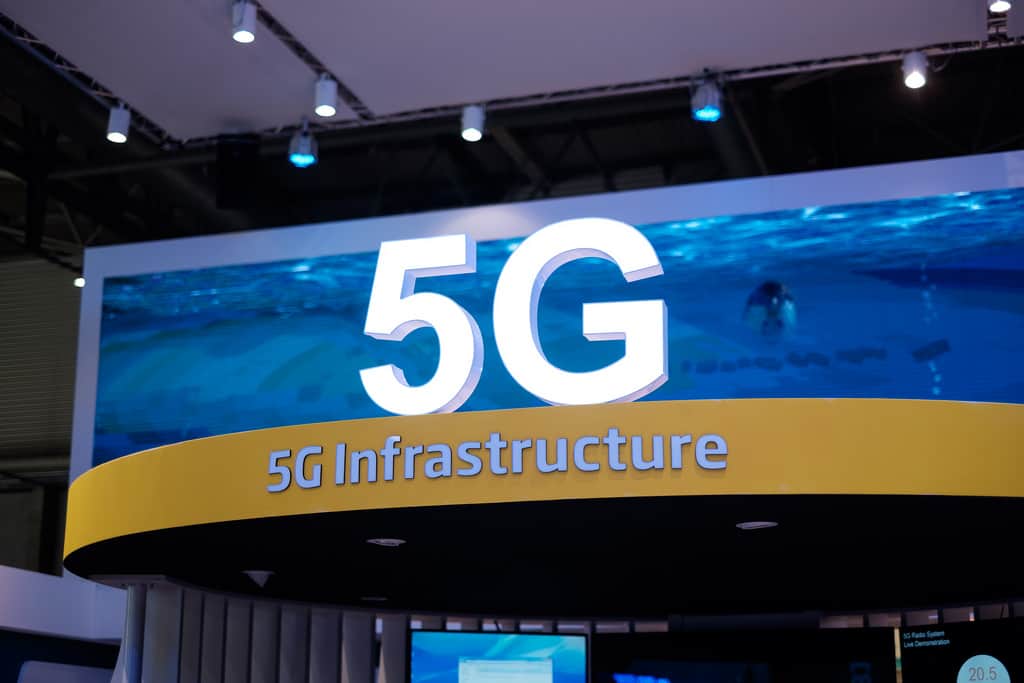4 Ways to Get Ready for 5G
5G is essentially inevitable at this point; it’s just a matter of when it becomes a reality. There’s no better time then now to get ready for its arrival.

Senate leaders recently introduced a bipartisan resolution to support 5G broadband deployment on a national scale, the latest indicator that 5G is coming fast. Republican Senator Roger Wicker and Democratic Senator Brian Schatz sponsored the resolution, which emphasizes the importance of 5G for stimulating innovation, creating jobs and increasing digital connectivity in rural areas.
5G deployment is currently on track to begin in 2019 after official standards have been codified, with the new technology projected to add three million jobs and $500 billion to the economy. Test runs of 5G are being planned for the 2018 Winter Olympics in Pyeongchang, where a group of South Korean and European partners are teaming up to deliver the world’s first large-scale 5G broadcasts using a combination of terrestrial and satellite infrastructure. By 2022, there will be 89 million 5G subscribers, Markets, and Markets projects.
If you plan to be on the cutting edge of the 5G revolution, the time to start preparing is now. Here are four steps to take to get ready for 5G.
Get the Best Updates on SaaS, Tech, and AI
Switch to a 5G Modem
5G network speeds will take a quantum leap forward from current 4G speeds. To qualify as 5G, a network must deliver data at a minimum of 10 times faster than 4G networks, but the potential speed of the new technology exponentially exceeds that threshold.
Australian telecommunications provider Telstra has already successfully tested a 5G network that runs 1,000 times faster than current networks. The 5G Innovation Centre has achieved test speeds of 1 terabit per second, 65,000 times faster than average 4G speeds.
To handle such lightning-fast speeds, you need a modem equipped to handle 5G. Manufacturers of smartphone components are already starting to roll out modems capable of processing 5G speeds. For instance, the latest Qualcomm Snapdragon cellular modems are designed specifically to handle the requirements of 5G.
Employ a Faster Processor
For 5G modems to function effectively, they must be paired with 5G processors. 5G processors need to handle terabytes of data, requiring an architecture with additional CPU cores and memory.
Smartphone part manufacturers are starting to introduce 5G processors alongside 5G modems, and new smartphones are likely to start combining both components soon. New data center platforms designed for 5G are introducing processors with 28 CPU cores and 6 terabytes of memory, IT ProPortal reports.
Use a 4K Screen
One of the major applications of 5G will be delivering video at faster speeds. The video is increasingly being produced in 4K Ultra HD resolution, and to take maximum advantage of the capabilities of 5G, you need a 4K screen. Where HD resolution is 1280 x 720 pixels and Full HD is 1920 x 1080 pixels, 4K Ultra HD is 4096 x 2160 pixels, translating into 4 times the resolution of HD.
4K is often paired with high dynamic range technology, which sharpens contrast and color. Most new TV screens already incorporate 4K. Phones are still catching up, with Sony launching the worlds first smartphone with a 4K HDR screen earlier this year.
Get Ready for Virtual Reality
Another important application of 5G will be facilitating more widespread use of virtual and augmented reality technology. The amount of bandwidth consumed by VR and AR broadcasts exceeds the practical limits of 4G networks, but 5G will overcome these limitations and make virtual and augmented reality mainstream.
VR requires the use of a headset such as Oculus Rift or Samsung Gear. Consumers who want to enjoy the full potential of 5G for video viewing or gaming will need to invest in VR headsets, while businesses will need to get used to developing their marketing campaigns with VR and AR in mind.
5G is essentially inevitable at this point; it’s just a matter of when it becomes a reality. There’s no better time than now to get ready for its arrival.
Image credit: Flickr
FTC Disclosure: The pages you visit may have external affiliate links that may result in me getting a commission if you decide to buy the mentioned product. It gives a little encouragement to a smaller content creator like myself.


